What Happens When Hydrogen Peroxide Is Stored in a Glass Container?

Storing hydrogen peroxide in a glass container is generally safe under controlled conditions, but it requires careful handling due to the compound’s tendency to decompose and produce oxygen gas. This decomposition can raise pressure inside sealed containers, potentially causing glass vessels to rupture or explode. Glass itself does not chemically trigger decomposition or explosions, but the buildup of oxygen gas within the sealed environment presents a hazard. Concentration and container design affect storage safety.
Decomposition of Hydrogen Peroxide
Hydrogen peroxide (H2O2) decomposes naturally into water (H2O) and oxygen gas (O2). The reaction is:
2 H2O2 → 2 H2O + O2
This decomposition is accelerated by light, heat, metals, and impurities. The oxygen gas produced creates pressure inside the container. Over time, if the container is sealed and rigid, like glass, this pressure can build up to dangerous levels. Glass can shatter if internal pressure exceeds its mechanical strength.
Role of Container Material
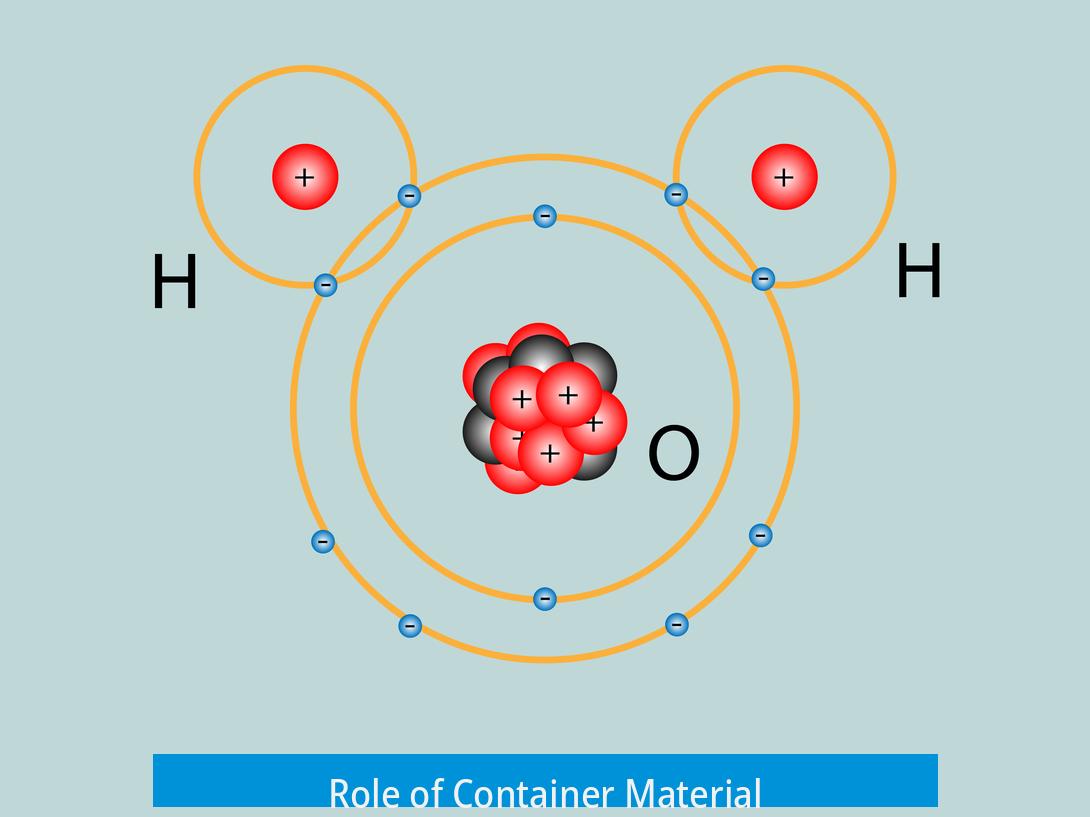
- Plastic Containers: Commonly used for most commercial hydrogen peroxide, especially at concentrations around 3%, because plastic can flex slightly to release pressure buildup and plastic containers often have vented caps.
- Glass Containers: Used primarily in laboratories for storing concentrated or specialized hydrogen peroxide solutions. Glass is inert and does not catalyze decomposition but offers no pressure relief.
Plastic containers help prevent dangerous pressure buildup by allowing some venting. Glass containers, when tightly sealed, can accumulate oxygen and potentially rupture if the decomposition is significant.
Storage Safety Guidelines in Glass Containers
Although glass containers do not cause hydrogen peroxide to decompose faster, the inherent instability of hydrogen peroxide means precautions are necessary:
- Store in dark, cool environments to limit light and heat exposure.
- Use vented caps or periodically release pressure when possible.
- Monitor the container regularly for signs of stress, including bulging or cracks.
- Use lower temperatures to slow down decomposition reactions.
- For concentrated hydrogen peroxide samples, storage for up to one year in glass jars is common, followed by careful disposal.
Operators must wear protective gear to avoid contact because hydrogen peroxide is corrosive and reactive with skin and organic tissues.
Concentration-Dependent Risks
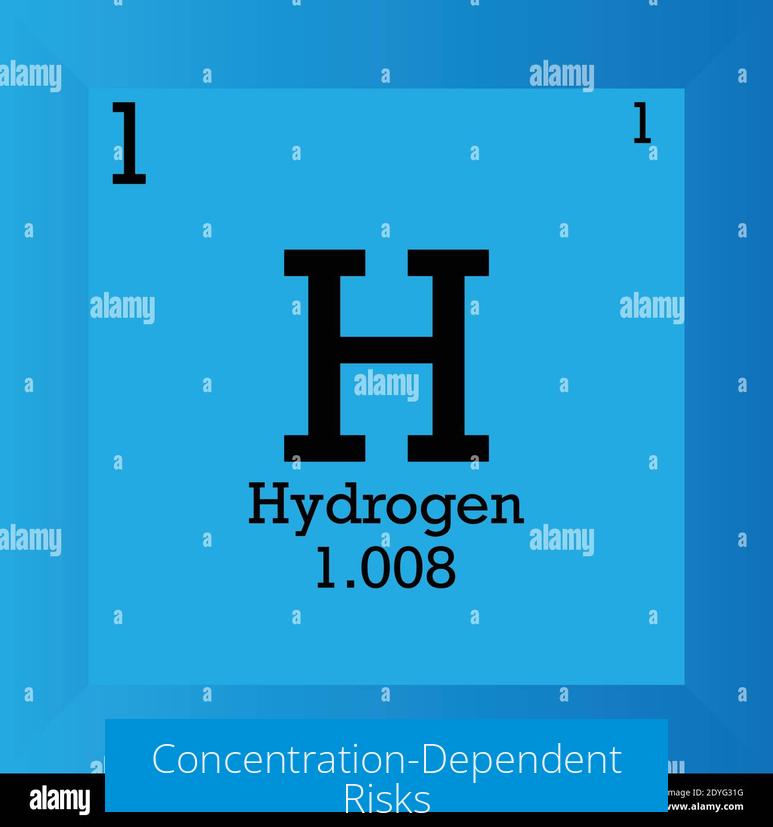
The risks associated with hydrogen peroxide depend strongly on its concentration.
| Concentration | Storage Characteristics | Explosion Risk |
|---|---|---|
| 3% (typical household) | Stable in plastic bottles; vented caps prevent pressure buildup. | Minimal if stored properly. |
| Above 30% | Stored often in glass for lab use; requires venting or pressure relief. | Moderate; pressure buildup and decomposition can be hazardous. |
| >80% | Highly reactive; may form unstable solids; water dilution advised. | High; explosive decomposition risk. |
Higher peroxide concentrations increase decomposition rate and instability. Pure hydrogen peroxide is known to be explosive. Water acts as a stabilizing solvent, reducing these hazards.
Misconceptions: Glass and Explosions
Glass does not chemically promote peroxide decomposition. Reports of explosions usually arise from gas buildup rather than reactions with the container.
Confusion sometimes arises between hydrogen peroxide and organic peroxides such as peroxidized ethers. Organic peroxide compounds can crystallize and become highly explosive, unlike aqueous hydrogen peroxide solutions. These organic peroxides are not stored in glass but require stringent controls to prevent detonation.
Handling Decomposition By-Products and Crystals
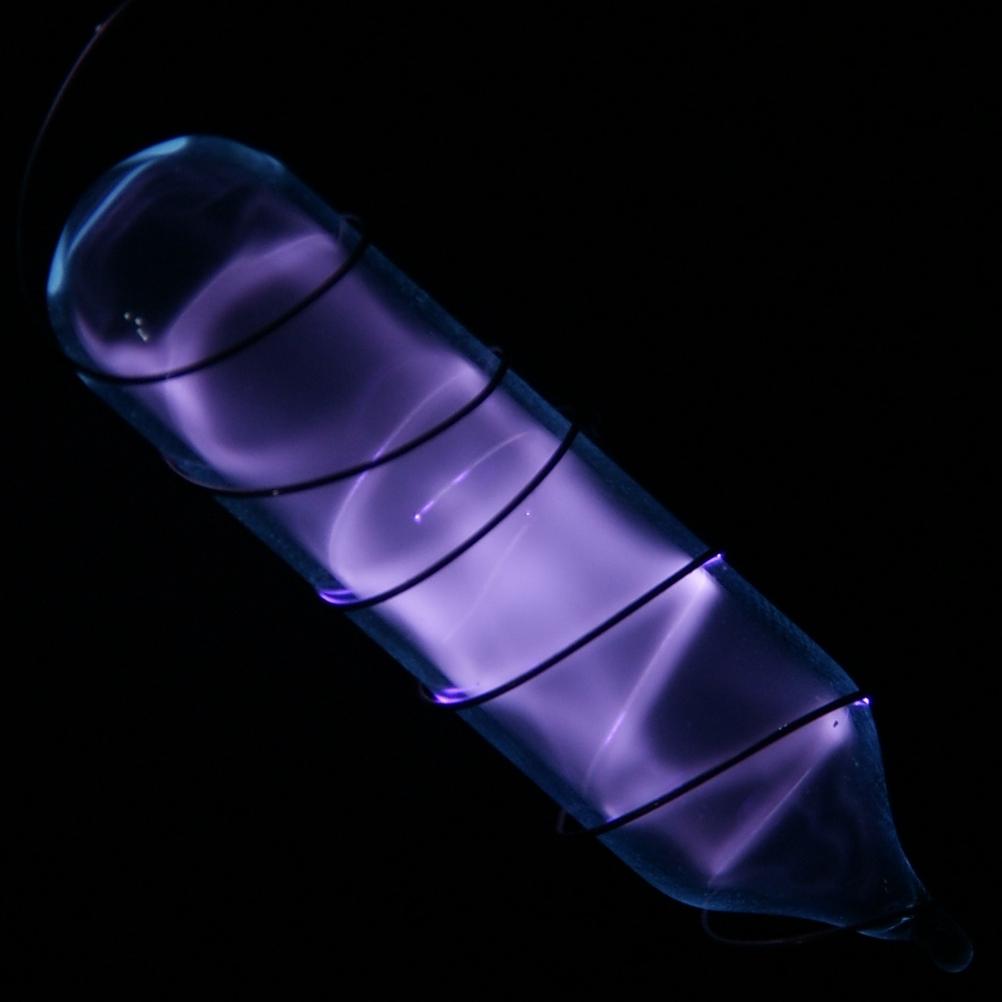
Occasionally, peroxide solutions may form crystals or solids when dried or in concentrated states, increasing explosion hazards. When crystals form in storage containers, adding water to dissolve them or seeking professional assistance is critical. Crystalline peroxides are unstable and can detonate if dried or mishandled.
Summary of Key Points
- Hydrogen peroxide decomposes into water and oxygen gas, causing pressure buildup in sealed containers.
- Glass containers are inert but do not relieve pressure, posing rupture risks if sealed tightly.
- Plastic containers and vented caps are preferred for low concentration H2O2 storage to prevent explosive pressure buildup.
- Concentration greatly influences safety; above 80%, peroxide is more unstable and dangerous to store.
- Proper storage conditions include cool, dark places, and sometimes periodic venting for glass jars.
- Organic peroxide compounds are distinct hazards and should not be confused with aqueous hydrogen peroxide.
- Protective handling is essential to prevent personal injury and reactive incidents.
What Happens When Hydrogen Peroxide Is Stored in a Glass Container?
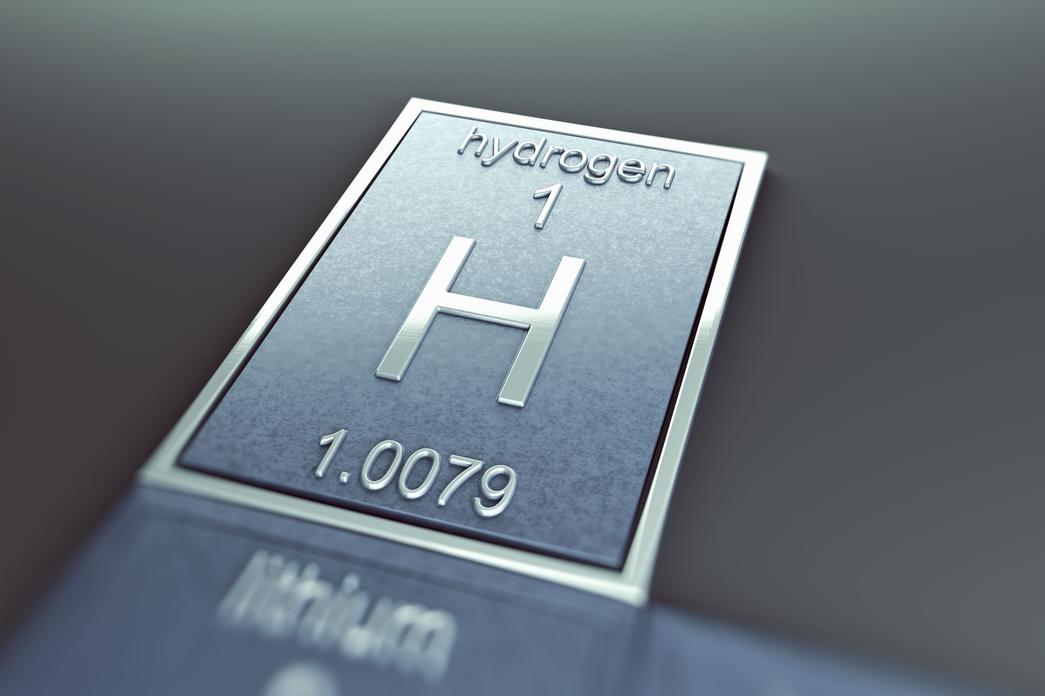
When hydrogen peroxide is stored in a glass container, it remains chemically stable as long as certain conditions are met, such as using dark or amber glass to block light and ensuring the container is vented to prevent pressure buildup from oxygen release during decomposition. But wait, there’s more beneath the surface that you need to know to truly appreciate why this storage method is both common and careful science.
A Closer Look: Why Glass and Not Just Any Container?
Hydrogen peroxide (H2O2) is a fascinating compound. It naturally decomposes into water and oxygen gas. That means over time, the oxygen gas could build pressure inside a sealed container. This is why, typically, hydrogen peroxide is stored in plastic containers with vented caps, especially if the concentration is above 3%. The vented cap lets out the excess oxygen safely.
Now, you might be thinking: if plastic containers are so good, why use glass at all? Good question!
Glass has some unique perks. First, it is inert. This means it doesn’t react chemically with hydrogen peroxide. Plastic containers, although practical, can sometimes leach small chemicals into the solution—never ideal for something reactive like H2O2.
Moreover, glass containers, especially dark or amber glass, block out ultraviolet (UV) light. UV light is a known catalyst that speeds up the breakdown of hydrogen peroxide. By blocking these light wavelengths, amber glass bottles slow down decomposition, effectively preserving the peroxide’s strength and shelf life.
But hold on—glass is fragile and can break. That’s a downside compared to plastic, which is lighter, tougher, and less pricey. In labs or places where handling care is assured, glass is often preferred for storing concentrated hydrogen peroxide samples, sometimes for up to a year before disposal.
Decomposition and the Risk of Pressure Build-Up
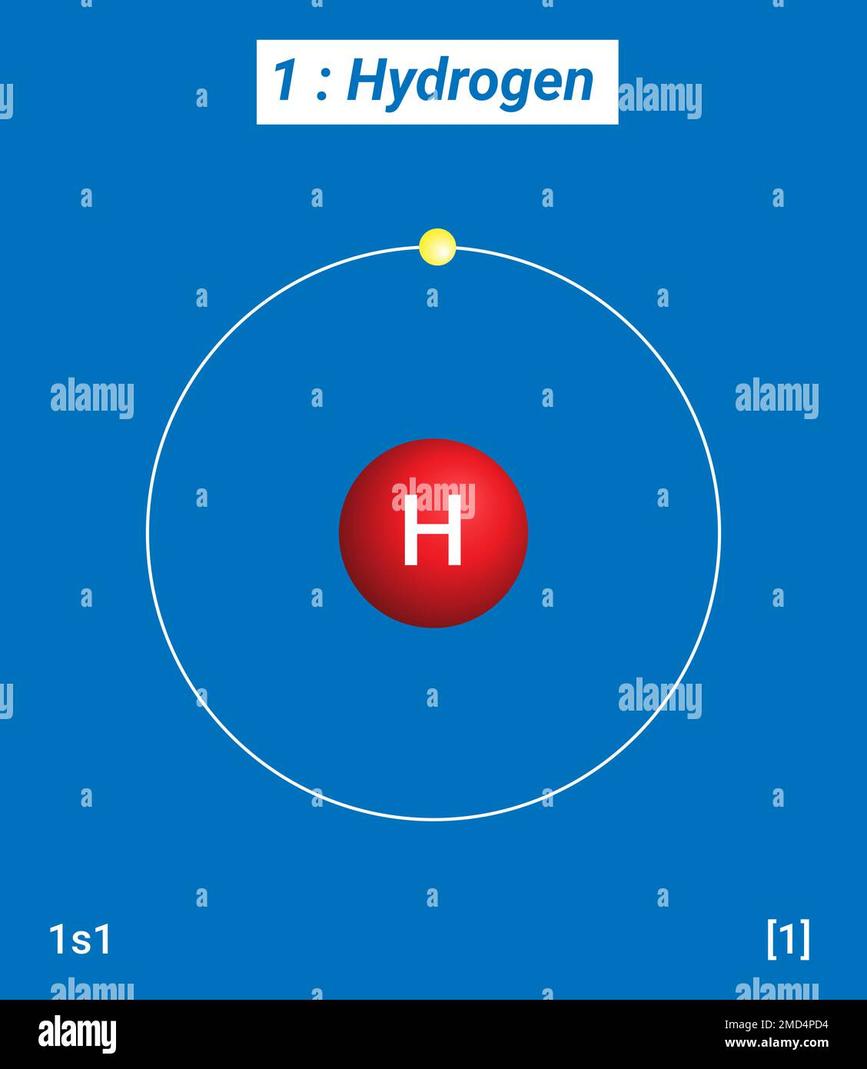
Hydrogen peroxide naturally decomposes: H2O2 → H2O + 1/2 O2. Oxygen gas is released. If this gas doesn’t escape, pressure builds. In a rigid glass container, that pressure can spike, and glass is brittle. A sudden explosion is possible but rare if the container is vented or monitored closely.
Here’s the kicker: the container material doesn’t trigger explosions—this is a chemical property of peroxide itself. Pure hydrogen peroxide is highly reactive and can be explosive because of the oxygen-oxygen bond’s instability.
So storing H2O2 in a glass container without ventilation might be risky at high concentrations due to gas buildup. But with vented caps or safe handling, it’s quite manageable.
Concentration Matters—Don’t Mix Up Your Peroxides
There’s a common mix-up in stories about peroxide explosions—the culprit is often not hydrogen peroxide, but an organic peroxide formed from reactions with hydrogen peroxide. For instance, peroxidized isopropyl ether forms solid crystals that are highly explosive when dried. That’s a very different beast.
Pure or high-concentration hydrogen peroxide (above 80%) is more dangerous and prone to explosions, especially if it dries out or forms crystals. Lower concentrations, like the usual 3-6% for household use, are much safer.
Remember, water is your friend. As long as hydrogen peroxide stays wet and below high concentrations, it generally won’t explode in simple storage.
Storage Tips to Keep Hydrogen Peroxide Happy (and Safe)
- Choose the Right Container: Dark (amber) glass bottles block UV light and preserve hydrogen peroxide better than clear glass. Plastic containers like HDPE or polypropylene, which are UV-resistant, also work well and are less breakable.
- Use Vented Caps for Concentrated Solutions: This allows oxygen to escape safely, reducing pressure buildup risks inside the container.
- Keep It Cool: Store hydrogen peroxide in a cool, dark place. Elevated temperatures speed up the decomposition.
- Watch for Signs of Degradation: If you notice cloudiness or color changes, the peroxide is deteriorating. Dispose of it properly.
- Never Store High Concentrations for Too Long: High concentrations above 80% are unstable and should be handled with extreme caution—usually by professionals.
- Label Everything: Include concentration, date, and hazard warnings on containers.
Dark Glass vs. Plastic—Which Is the Better Container?
To make life simpler for your hydrogen peroxide, you want containers that serve two main jobs:
- Protect from Light: Both amber glass and certain plastics block UV light. Amber glass tends to be superior here because glass won’t allow UV transmission at all.
- Provide Stability and Safety: Glass is inert, meaning it won’t leach contaminants or react. Plastic is lighter and safer in terms of breakage but has some risk of chemical interaction over long periods.
From the standpoint of chemical purity and slowing decomposition, amber glass takes the cake. But from practicality, plastic shines for everyday use and transport.
Personal Experience and Practical Advice
When storing concentrated hydrogen peroxide at my lab, we always use amber glass jars with vented screw caps. These jars block light, don’t react, and vent slowly as oxygen builds up. I’ve seen samples last nearly a year with minimal loss in concentration.
We always make sure the peroxide isn’t exposed to heat or sunlight. Daily checks look for discoloration or cloudiness—our early warning system.
If you ever see crystals in your peroxide, that’s a red flag. Gently add water to dissolve them or contact a professional for disposal. Never let hydrogen peroxide dry out into solids or crystals. That’s when things get dangerous.
Wrapping Up the Science: What You Really Should Know
Hydrogen peroxide loves a cool, dark, and wet home. Glass, especially dark glass, gives it a stable environment. But the chemistry always calls the shots. It decomposes into oxygen and water spontaneously, especially if exposed to light, heat, or impurities. This releases gas and pressure, which you must manage.
In summary: storing hydrogen peroxide in glass containers is safe and effective if you use amber-colored glass, ensure proper ventilation for concentrated solutions, and keep the peroxide cool and away from light. Plastic containers are often more practical but may allow slight chemical interactions and light exposure unless opaque and UV protective.
And remember, the real explosions are usually linked to organic peroxides or dried-out peroxide crystals, not the common hydrogen peroxide solution used around the house.
Got Questions?
What do you think about storing your peroxide in a fancy amber glass bottle now? Ready to toss those clear plastic jugs? Or maybe you swear by the unbreakable plastic for your lab queries. Leave your thoughts below, and let’s keep hydrogen peroxide safe together!
Can hydrogen peroxide stored in glass bottles explode?
Yes, it can. Decomposition produces oxygen gas, which builds pressure inside sealed glass. This pressure may cause the glass to break. The glass itself does not trigger the explosion—pressure from gas buildup does.
Is glass a safe material for storing concentrated hydrogen peroxide?
Glass is inert and does not react with hydrogen peroxide. Concentrated samples are stored in glass jars for extended periods. However, the container must be monitored to avoid pressure buildup from decomposition.
Why are plastic containers preferred for hydrogen peroxide over glass?
Plastic containers allow venting of oxygen gas formed by decomposition. This reduces pressure build-up, lowering explosion risk. Glass containers often lack such venting, making plastics safer for common use.
What concentration of hydrogen peroxide increases risk when stored in glass?
Concentrations above about 3% can generate enough oxygen gas to cause pressure buildup. Very high concentrations, like above 80%, are particularly risky and need special handling.
Do solids or crystals form in stored hydrogen peroxide in glass, and are they dangerous?
Pure hydrogen peroxide itself usually remains liquid. However, organic peroxides or dry residues can form crystals that may be explosive. Always keep the solution wet to prevent dangerous crystal formation.


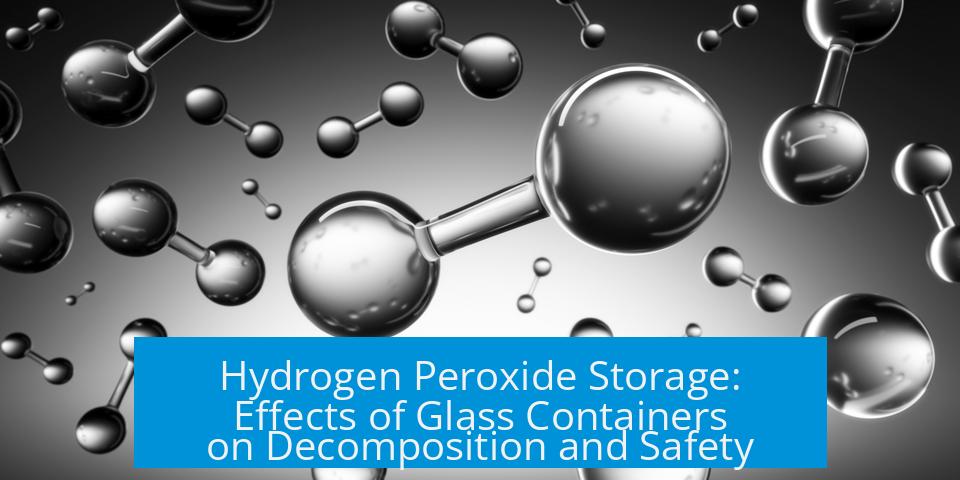


Leave a Comment